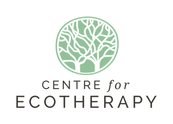|
Last weekend I went on a Wild Medicine, Wild Food walk with ethnobotanist and leading UK forager, Robin Harford, and top medical herbalist Alex Laird. The theme from the day was clear: nature is designed to help us thrive and function. Here's what I learned about the wild plants we came across: what they're good for and how to eat them: 1. Dandelion is good for warts Dandelion leaf is loaded with beneficial antioxidants that produce a range of positive effects for human health, including protection for the cardiovascular system. "Twenty times the antioxidants than any green leaf you get in a supermarket," says Alex. The latex in the leaves (the white juice that oozes out when you break one off) is antiviral, and good for getting rid of warts. [Click the Read More link to see more] 2. Lime Tree (tilia) is good for anxiety The leaf, flower and flowering leaf of a lime tree are soothing for the gut. Like linseed or plantego, Lime is mucilaginous, and makes a gel like substance. The spring shoots around a Lime tree are very delicious to eat, and can be used in salads in the spring. Lime is a pre-biotic, and contains flavinoids, so makes a great tea for sleep and for anxiety. It's very calming and super safe for kids... 3. Yew is risky but delicious Red yew berries are delicious! They are incredibly sweet and ooze a syrupy liquid that's heavenly. BUT yew seeds can be poisonous. The seeds are toxic and break down DNA, so, if you do eat the berries, spit the seeds out! (Note: don't eat mushrooms that grow on Yew as even if they're a safe-to-eat variety, they'll be full of toxins from the yew.) 4. Plantain is good for wounds Plantain is good for urinary infections, coughs, and colds: it is drying so good for catarrh. Plantain is the best wound healer, it stops bleeding, stops pain. It is good for stings, bites, cuts. It is very immune supporting. Make a tea from the leaf. "The tiny shoots are very delicious," says Robin, "and the flower buds taste like mushrooms and are great sautéed up. I also use plantain in potages." 5. Berries are good for blood The pigment in berries is good for the blood. It helps support a healthy blood supply and break down an abnormally made blood supply that arises from inflammatory problems. 6. Cleavers are good for the skin Cleavers, or Goosegrass, are a great spring tonic, and are also great for skin conditions. Make a tea or a tincture, or a cold infusion ie leave overnight in a jug of water and drink in the morning. Great for acne, psoriasis, and eczema. The tips are good in salads and add a bitter taste. Cleaver seeds make a good coffee substitute. 7. Wild Pesto is delicious Pesto is a great way to eat wild food. Try making pesto with dandelion leaves, or nettles. 8. Cemeteries are a good place to forage Cemeteries are a great place to forage for wild food. There are no dogs, no pesticides and not many people, so the food you can gather is clean, and not likely to be contaminated. 9. Red Clover is good for women Red clover comes from the legume family. It contains phytoestrogens and isoflavones like soy, so it's good for hot flushes and can help to protect against breast cancer. It's a good cleanser, and can be used as a tea: 1 oz to 1 pint. It's also good for skin problems, and can be used in a 'sit spa', or in a tea. The flowers are good in salads. 10. Yarrow is good for digestion Also known as the 'eyebrows of venus'. Yarrow contains azuline, which is anti-inflammatory, calming and is a good wound healer when applied topically. Yarrow is bitter so helps with digestion. The flowers are good for heart problems and support healthy blood vessels. In spring, the young leaves are lime green and go well stuffed in fish such as mackerel. The flowers are great when added to meads. 11. Bitter Food is better In modern life we're being groomed to prefer the taste of sweet and sugar, but bitter is an important taste that we need: it helps digestion, is good for diabetes and is an immune stimulant, so make sure you get some bitter foods in your diet. 12. Fennel is antiseptic Good for digestion. Fennel is antispasmodic, antiseptic, and is an expectorant. It smells and tastes amazing too. 13. Tansy gets rid of worms Tansy leaves are bitter and astringent, good for haemorrhoids and diarrhoea. It's used for nausea, is warming and relaxing, and gets rid of worms. It's also a little bit psychotropic (ie it changes your perception temporarily.) 14. Nettles are a UK superfood One of the UK's own superfoods, nettles are full of choline and iron, and rich in vitamins and minerals. A powerhouse of nutrients they contain three times more iron than spinach, high levels of vitamin A, C, K, B, zinc, magnesium, copper, potassium.... they are antihistamine, draw fluid away from inflammation, and are one of the best foods you can eat. The seeds support the adrenals and help stop them producing so much cortisol. Nettles moisturise your skin from the inside out. They're energising. The root is good for prostates. Use nettles in pesto, soups, porridge and raw food. 15. Thistle is good for the liver If you can avoid eating the spikes, thistles make good eating, especially the heart, which is chunky and celery like. To eat the leaf stem, first remove the spikes. Thistles are bitter so help digestion. The seeds of the Milk Thistle are one of the best liver tonics. Milk Thistle can also counteract mushroom poisoning, so take some with you when you go mushrooming. 16. Alexanders are medicinal A plant that's very close to celery, it's part of the carrot family. Alexanders are usually found near the coast, they're aromatic and very tender in Spring. They taste a bit like asparagus. They're very medicinal, being anti-spasmodic and antiseptic. To eat saute them till soft, and add salt. Or slice the leaves into salad. The seeds are warming, a bit like pepper. 17. Parsley is a cleanser This is a urinary antiseptic, a cleanser and high in vitamin C. 18. Artichoke Leaf is good for the pancreas One of the most bitter things I've ever tasted! Good for the pancreas, for cleansing, reducing cholesterol, digestion. 19. Rosemary is good for breath A good idea to nibble some rosemary every day. It freshens the mouth, is antiseptic, supports the liver and is good for hair and circulation. 20. Hawthorn is good for the heart Hawthorn is part of the rose family. The flowering tops and leaves are used in herbal medicine. Hawthorn contains something that helps heart conditions - it increases the contraction force of the heart muscle and at the same time slows it down. Hawthorn is good for hot flushes, cardiovascular problems, anxiety, blood vessels, is a sedative, and calms the heart in a gentle quiet way. If left too long it starts to smell though - a bit like semen apparently! Robin Harford specializes in wild edible plants and has been teaching people about the UK edible landscape since 2009. He likes to engage people through the senses, and encourages participants to touch, smell and taste. He's a sensory forager. He says, "You have to go beyond I think. Thinking can get you killed. Only knowing is safe." Alex Laird is a practising medical herbalist. She set up the first herbal clinic in a hospital
dermatology department, and also practices at The Haven, the breast cancer support centre in London. She co-founded Living Medicine to reskill people in how to use food and plants for their everyday healthcare. Comments are closed.
|
Author & CuratorNigel Berman is the founder of School of the Wild. Archives
March 2024
|
Leaders |
About Us
Support |
|

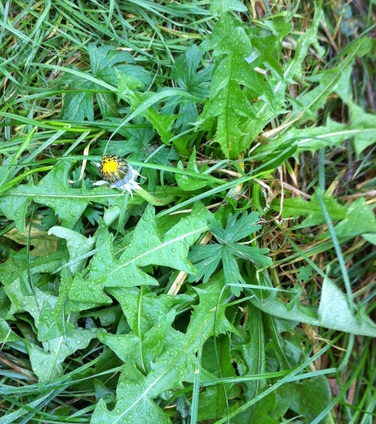
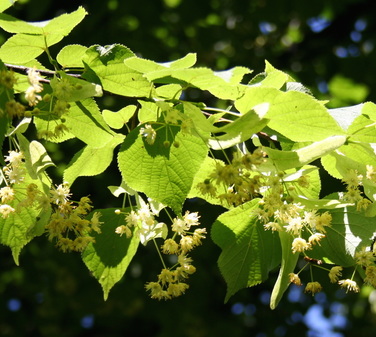
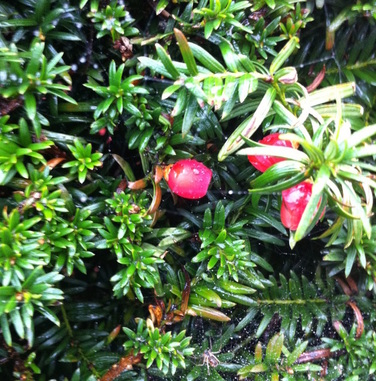
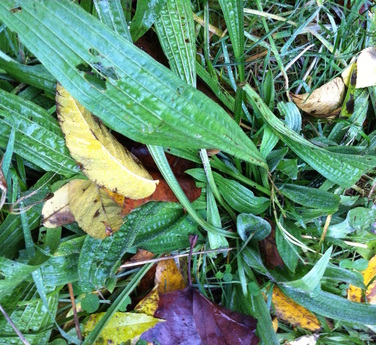
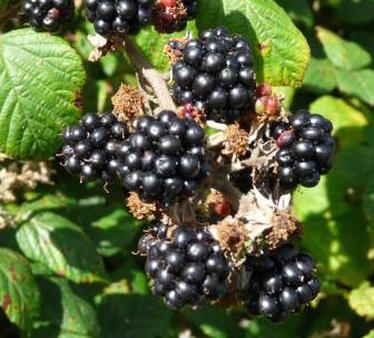
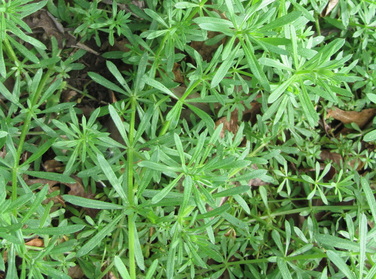
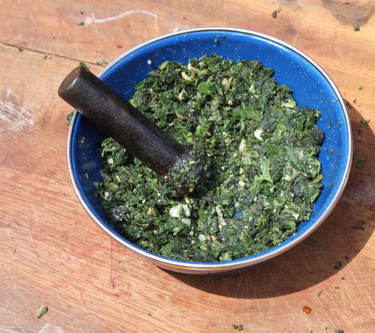

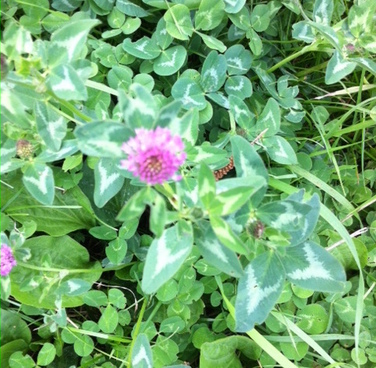
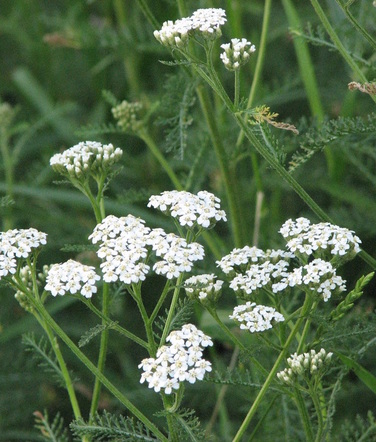
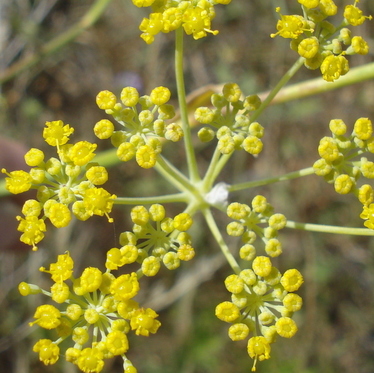
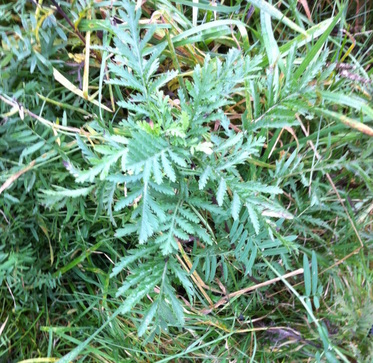
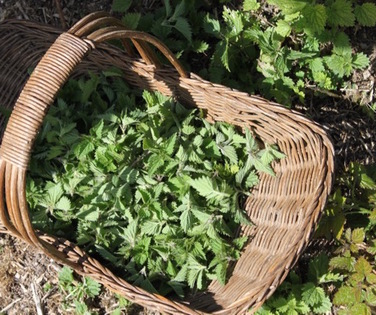

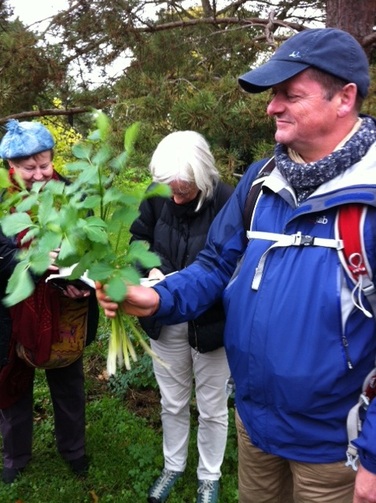
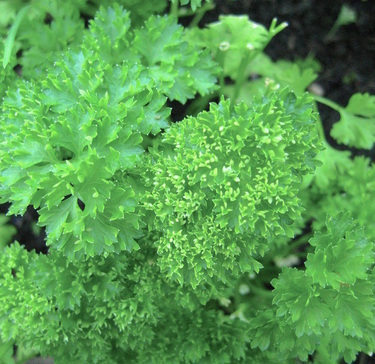
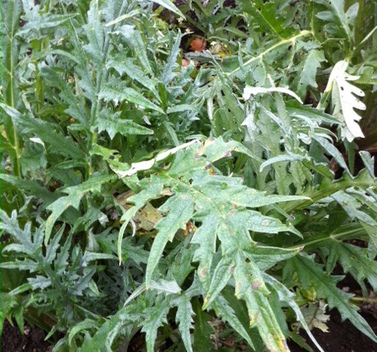

 RSS Feed
RSS Feed



